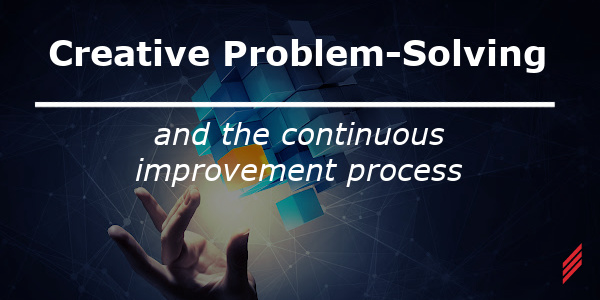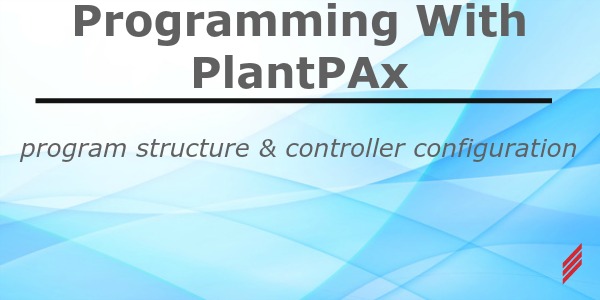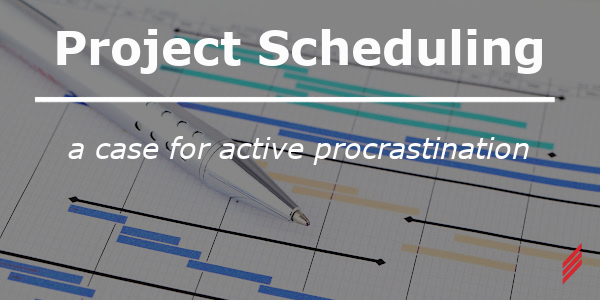Creative Problem-Solving and the Continuous Improvement Process
by Jordan Powell on Mar 21, 2024 10:30:00 AM

What is Creative Problem-Solving?
Creative problem-solving (CPS) is a strategic process used to identify opportunities for improvement, collaborate on creative ideas, and implement these ideas to overcome challenges. The process begins with understanding the field in which you work. Staying informed about technologies, processes, and challenges that your team currently faces - or may face in the future - allows your team to strive towards improvement that will benefit everyone, from the business to the end client. Once areas for improvement have been identified, CPS is meant to foster an environment where participants are encouraged to generate creative ideas and explore solutions. After evaluating these ideas, it’s time to take steps towards achieving defined goals by creating an action plan. There may be several action items that range in complexity and level of time commitment; however, taking the first steps towards an easy-to-implement item may help propel your team forward to accomplishing other tasks. The important thing to keep in mind is that investing the time and effort into a well thought out plan for improving your process will have huge benefits!
Steps of the Creative Problem-Solving Process
The creative problem-solving process is more than just a “brainstorming session”. It is meant to fuel innovation and be a continuous cycle for improving your team’s processes and deliverables. Below, I will outline and elaborate on each of the 7 steps involved in the CPS process used within our Electrical Safety Services team.
Stay Informed
First and foremost, you need somewhere to begin the process. To identify problems and/or possible improvement opportunities within your group, you will need to be informed about your business, your customers, and the industry within which your group operates. Staying informed in these areas will not only allow you to identify existing problems but will also provide the ability to foresee future problems or opportunities to proactively pursue. For our team, understanding and keeping up-to-date with engineering practices, codes, and standards are essential to being able to understand and pursue improvement opportunities.
Identify the Problem/Opportunity
Next, you will need to identify the problem you are facing and/or opportunities for improvement. Although this may seem simple, sometimes what you believe to be the problem may not be the true, underlying issue. Taking time to break the problem down and analyze it may provide some insight into the true issue. When trying to get to the root-cause of your problem, ask questions that will help you clearly define the issue, like: “What am I trying to accomplish?”, “Why is this a problem?”, or “What will result from solving this problem?”.
Define your Challenges
After you’ve clearly identified your problem, formulate some challenges for overcoming it. These challenges should be simple questions framed in a way that encourages creative thinking and idea generation. Consider forming these questions around a single issue and beginning with “How could I…?” or “In what ways might we…?”. By forming your challenge question(s) in this way, you open the door to creative ideas and suggestions that focus on a single topic at a time. For example: “How might we update our deliverable to the latest standard and improve efficiency?” should be redefined as two, independent challenge questions that undergo the idea generation and evaluation process. Doing so will be less difficult than trying to solve both problems with the same solution!
Generate Ideas
With the problem clearly defined and challenge questions proposed, the team should come together to collaborate and participate in idea generation. During this time, it’s important to be open and accepting of all proposed solutions, even if they seem far-fetched at first. Idea generation is not about finding the perfect solution, but about thinking creatively, bouncing ideas off one another, and engaging in the process. Do your best to limit any criticism and negative language, as this can discourage creativity amongst the entire group. Providing some time after this step may be useful for allowing additional ideas to surface or for clearing your head prior to the evaluation step.
Evaluate Ideas
After the idea generation process, you should now have several proposed ideas for meeting your challenges and solving the problem. The team should spend some time evaluating the ideas, critiquing them as necessary, and deciding which to pursue. Similar ideas can even be combined to provide a more thorough solution, if needed. There are several methods in choosing the best ideas, but ultimately how you choose them will depend on the requirements of the team and what is practical for the business. Filtering ideas based on cost, ease of implementation, or other criteria is a great starting point. You should now be left with ideas that you believe will meet the challenges you set forth and solve the problem defined. With this, begin considering how you intend to implement these solutions and prepare for an action plan.
Create an Action Plan
Creating an action plan - this is the point where everything should come together. You’ve identified a problem or opportunity, formulated challenges in solving this issue, and generated a multitude of creative ideas. Once you have filtered these ideas into practical, achievable solutions in your evaluation step, you are now ready to create an action plan. This plan will outline the actions items to be taken for the solutions you plan to implement. There may be several action items needed for each solution that range from quick and simple to more complex and time consuming. For the Electrical Safety Services team, we’ve found that setting priorities to items that bring the most value with the least amount of effort allows you to give structure to your action plan and make it easier to assign tasks.
Implementation & Observation
The final step in the creative problem-solving process is implementation! It’s time to take action towards achieving the objectives set forth in your action plan. It may be helpful to assign action items to individuals or groups based on experience level or specific topic knowledge. As part of the implementation process, you should be sure to observe the outcomes of the actions taken. This will ensure that the solutions you are pursuing have overcome the challenges and problems you defined in the beginning steps. Observations made may introduce other challenges, which is why it is important to continuously use the CPS process to solve problems and make improvements within your business.
What are the Benefits of Creative Problem-Solving?
Increased efficiency, adaptation to changes, and new innovations are all things that businesses strive towards. The creative problem-solving process allows teams within a company to facilitate creative solutions to both internal and external issues being faced by the company. This strategic approach also encourages teams to explore new perspectives and collaborate on challenges that may or may not be fully defined yet. This can build trust within the team while remaining focused on the task at hand – building a better business. In the case of Hallam-ICS, employee-owners take this process seriously, as each of us has a stake in building the best business possible while staying true to our core values and commitment to the client’s needs. For the Electrical Safety Services team, the CPS process has inspired us to come together to develop the highest quality deliverable in the most efficient manner possible. This allows us to be competitive in the market, provide quick project turnaround times, and deliver high quality products to our customers. Hopefully, with the information provided here, your team can also utilize the creative problem-solving process to identify opportunities, accomplish goals, and strive towards continuous improvement!
In the case of Hallam-ICS, employee-owners take this process seriously, as each of us has a stake in building the best business possible while staying true to our core values and commitment to the client’s needs. For the Electrical Safety Services team, the CPS process has inspired us to come together to develop the highest quality deliverable in the most efficient manner possible. This allows us to be competitive in the market, provide quick project turnaround times, and deliver high quality products to our customers. Hopefully, with the information provided here, your team can also utilize the creative problem-solving process to identify opportunities, accomplish goals, and strive towards continuous improvement!
About the Author
Jordan Powell is no longer with Hallam-ICS, but his contributions to the company continue to be valued
About Hallam-ICS
Hallam-ICS is an engineering and automation company that designs MEP systems for facilities and plants, engineers control and automation solutions, and ensures safety and regulatory compliance through arc flash studies, commissioning, and validation. Our offices are located in Massachusetts, Connecticut, New York, Vermont and North Carolina Texas, Florida and our projects take us world-wide.
You May Also Like
These Related Stories

Programming with PlantPAx - Program Structure & Controller Configuration

Project Scheduling – A Case for Active Procrastination



Comments (2)